
A more efficient way to denote am or pm
Humans have, over time, abbreviated the terms for denoting morning and evening when referring to a specific time. As our schedules and devices get more complex, there is an advantage to simplifying the text necessary to communicate information, as evidenced by the abbreviations used in texting.



The logical progression suggests that we go one step further and delete the M in AM & PM. That M is useless. The letter does not clarify the time of day nor does it enhance the message. Just as we got used to A.M. instead of ante meridiem, we will get used to the a & p. It allows graphic information to appear neater and more concise and works well in both upper and lower case.


Formats
If representing stand-alone morning or evening, use 2-letter am or pm
If representing am or pm after a time, use single-letter a or p

Here is a typical email format:
Notice how awkward and clunky that capitalized AM looks. It draws attention to itself and it's not even very important. So, when I can, I change the AM to just the a:
That is clearer with fewer unnecessary words. But, heck, while I'm at it, I often even delete the other superfluous characters and words:
I checked the Email Settings menu on my devices - phone, pad, laptop - there is no option for abbreviating am & pm. But, in iTunes, I was able to change to the single letter:

Notice how much better the text reads and looks in the example below. Note: After the day (Fri.,) there is no need for both a period and a comma - the comma can accomplish the task of both the pause and the abbreviation. In this case, however, a semicolon works even better.



Below: a better way to utilize the screen space on a smartphone calendar:

Dates
Concept: early 1990s
Research and exploration: 2010, 2014
Examples already in use




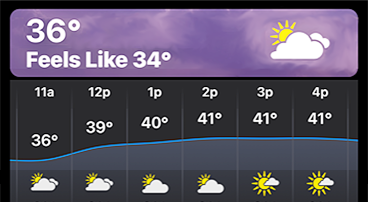




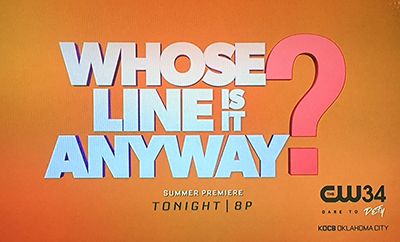

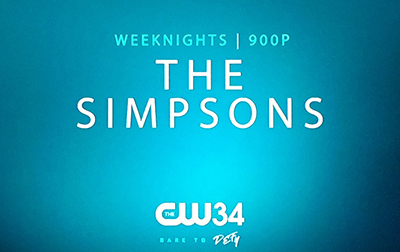

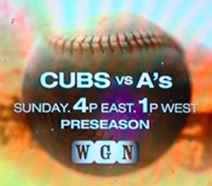

Universal Time, the next step in the evolution
The idea of breaking a complete day into two parts is sort of silly - am and pm. Imagine how much simpler our lives would be if we never again had to write or print the time followed with an am or pm. The better way to simplify time denotation is to use 24 hour time in which the day runs from midnight to midnight and is divided into 24 hour increments. Then, there would be no need for a and p or a.m. and p.m. The time of day (morning or evening) would be clear.
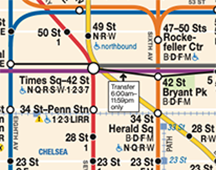

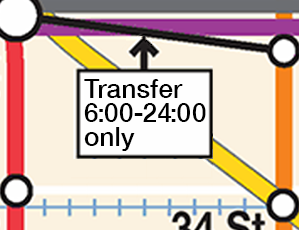
After missing a train while traveling in Ireland in 1876 because a printed schedule listed p.m. instead of a.m., Sandford Fleming proposed a single 24-hour clock for the entire world - a predecessor to Coordinated Universal Time. At the 1884 International Meridian Conference held in Washington DC, the mean time at the Royal Observatory, Greenwich in England was chosen to define the Universal day, counted from 0 hours at midnight. The Canadian Pacific Railway was among the first organizations to adopt the 24-hour clock, in 1886. In 1928, the term Universal Time was introduced by the International Astronomical Union to refer to GMT, with the day starting at midnight.


Much of the world already uses Universal time. In the United States and a handful of other countries, it is popularly referred to as military time. A limited number of countries, particularly English-speaking, use the 12-hour clock, or a mixture of the 24- and 12-hour time systems. In countries where the 12-hour clock is still dominant, some professions prefer to use the 24-hour clock. For example, in the practice of medicine the 24-hour clock is generally used in documentation of care as it prevents any ambiguity as to when events occurred in a patient's medical history. Airlines need to be absolutely clear as to time and Universal Time better meets that need.
In most countries, computers by default show the time in 24-hour notation. For example, Microsoft Windows and macOS activate the 12-hour notation by default only if a computer is in a handful of specific language and region settings. The 24-hour system is commonly used in text-based interfaces.
www.jamesrobertwatson.com/ampm.html